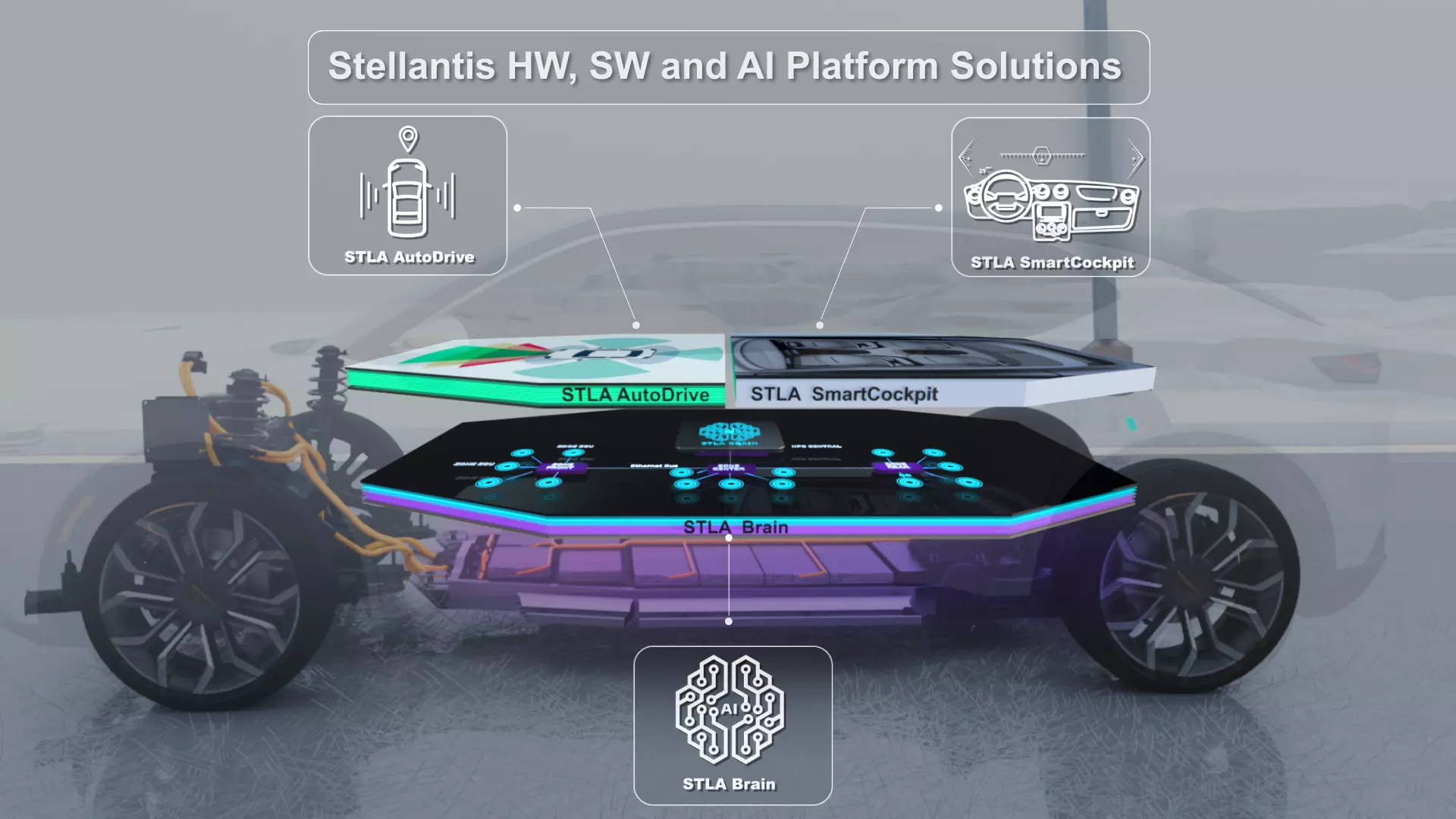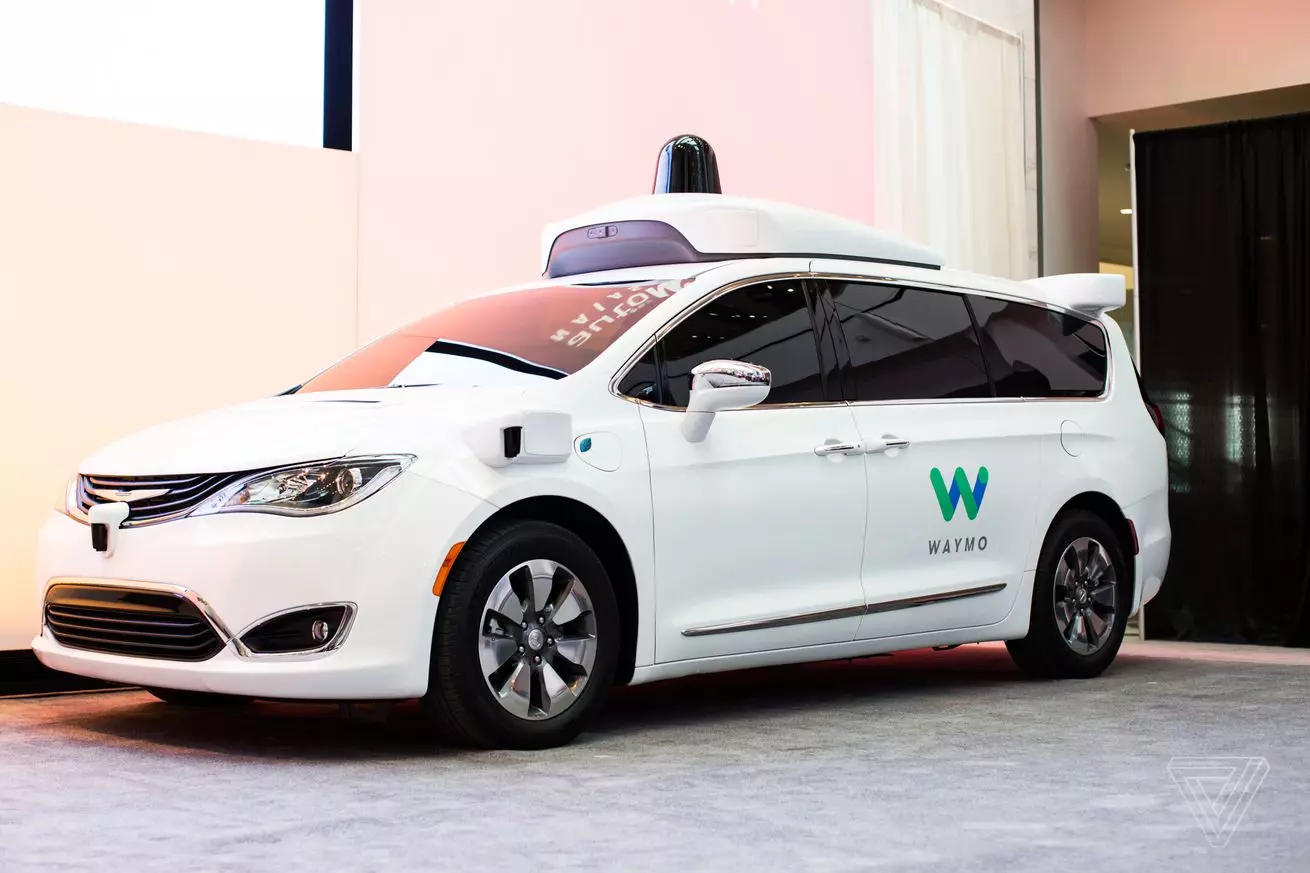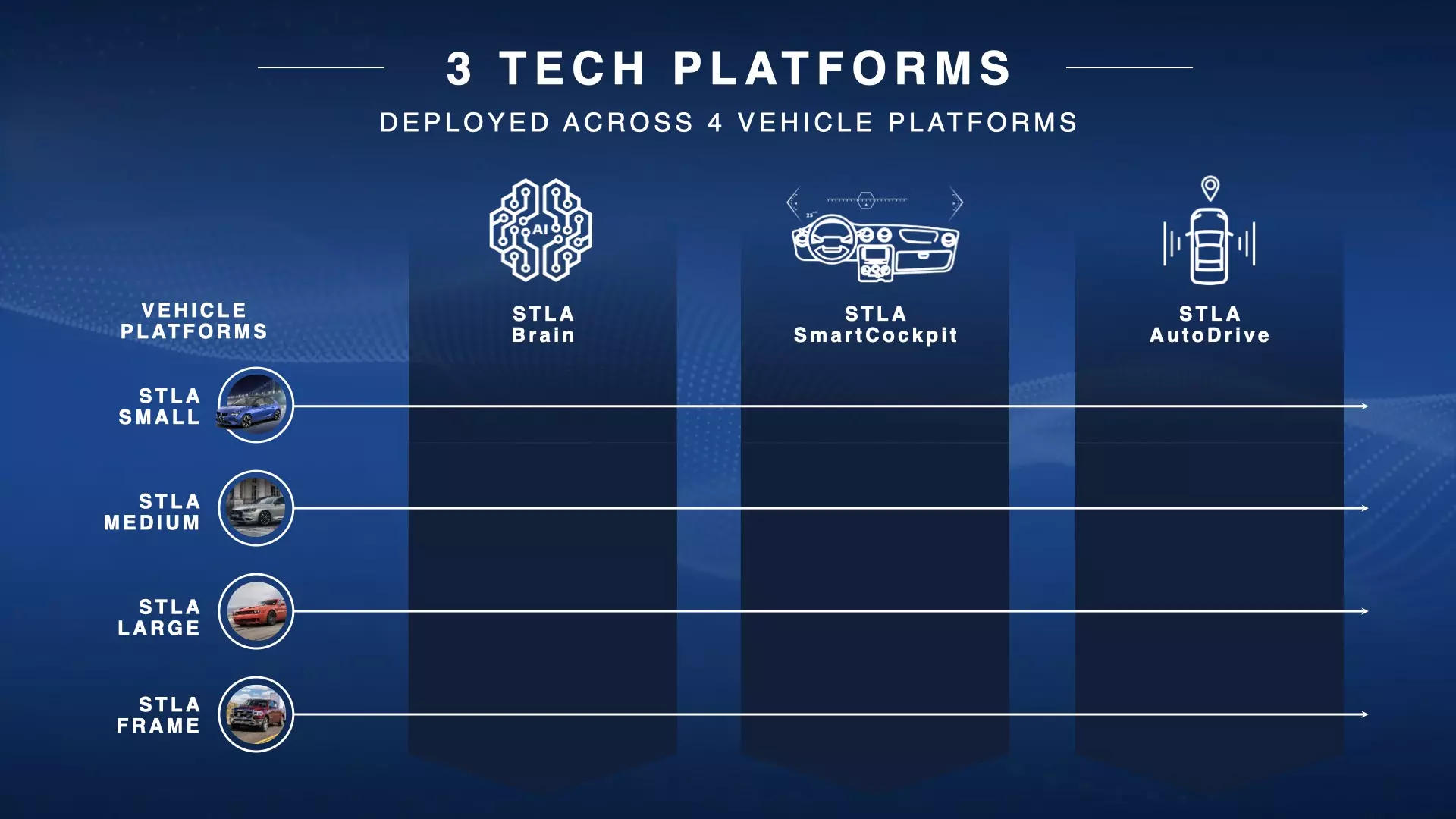Cars are increasingly an extension of our digital life and, during the Stellantis Software Day event, the group that comprises 14 car brands exposed its plans for the development and profitability of software solutions.
The goals are ambitious. Stellantis expects to generate approximately four billion euros in revenue by 2026 through products and subscriptions based on software solutions, which is expected to rise to 20 billion euros by 2030.
To achieve this, three new technological platforms will be created (coming in 2024) and partnerships will be signed, accompanied by a large increase in connected vehicles that will allow up to 400 million remote updates in 2030, against the more than six million carried out in 2021.
Carlos Tavares, Executive Director of Stellantis“Our electrification and software strategies will accelerate our transformation to become a leading technology company in sustainable mobility, driving business growth associated with new services and over-the-air technology, and offering the best experience. to our customers."
"With the three new technological platforms driven by Artificial Intelligence, deployed on the four STLA vehicle platforms, which will arrive in 2024, we will take advantage of the speed and agility that result from the decoupling of the 'hardware' and 'software' cycles."
Three new technology platforms in 2024
At the base of this digital transformation is a new electrical/electronic (E/E) architecture and software called SLTA Brain (brain in English), the first of three new technology platforms. With remote updates capability (OTA or over-the-air), it promises to be extremely flexible.

By breaking the link that exists today between hardware and software, STLA Brain will allow a faster creation or update of features and services, without having to wait for new developments in hardware. The benefits will be manifold, says Stellantis: “These OTA upgrades dramatically reduce costs for both customers and Stellantis, simplify maintenance for the user and sustain vehicle residual values.”
Based on STLA Brain, the second technological platform will be developed: the architecture STLA SmartCockpit whose objective is to integrate into the digital life of the vehicle's occupants, digitally customizing this space. It will offer AI (Artificial Intelligence) based applications such as navigation, voice assistance, e-commerce and payment services.
Finally, the STLA AutoDrive , as the name implies, relates to autonomous driving. It is the result of a partnership between Stellantis and BMW and will allow the development of autonomous driving capabilities covering levels 2, 2+ and 3, with continuous evolutions guaranteed by remote updates.

For vehicles with a fully autonomous driving capability of at least level 4, Stellantis has strengthened ties with Waymo, which already uses several Chrysler Pacifica Hybrids equipped with the Waymo Driver function as a test vehicle to develop all the necessary technologies. Light commercials and local delivery services are expected to debut these technologies.
Software based business
The introduction of these new E/E and software architectures will be part of the four vehicle platforms (STLA Small, STLA Medium, STLA Large and STLA Frame) that will serve all future models of the 14 brands in the Stellantis universe, allowing customers to better adapt the vehicles to your needs.

And it is from this adaptation that part of the profitability of this development of software platforms and connected services will be born, which will be based on five pillars:
- Services and Subscriptions
- Equipment on Request
- DaaS (Data as Services) and Fleets
- Definition of Vehicle Prices and Resale Value
- Conquest, Service Retention and Cross-Selling Strategy.
A business that promises to grow substantially with the increase in connected and profitable vehicles (the term is considered for the first five years of the vehicle's life). If today Stellantis already has 12 million connected vehicles, five years from now, in 2026, there should be 26 million vehicles, growing in 2030 to 34 million connected vehicles.
The increase in connected vehicles will cause revenues to rise from approximately four billion euros in 2026 to 20 billion euros in 2030, according to forecasts by Stellantis.
By 2024, add 4500 software engineers
This digital transformation that is already taking place at Stellantis will have to be supported by a much larger team of software engineers. That's why the automobile giant will create a software and data academy, involving more than a thousand in-house engineers in the development of this technology community.
It is also Stellantis' objective to hire much more talent in software development and artificial intelligence (AI), seeking to capture by 2024 around 4,500 engineers in the area, creating talent hubs at a global level.
